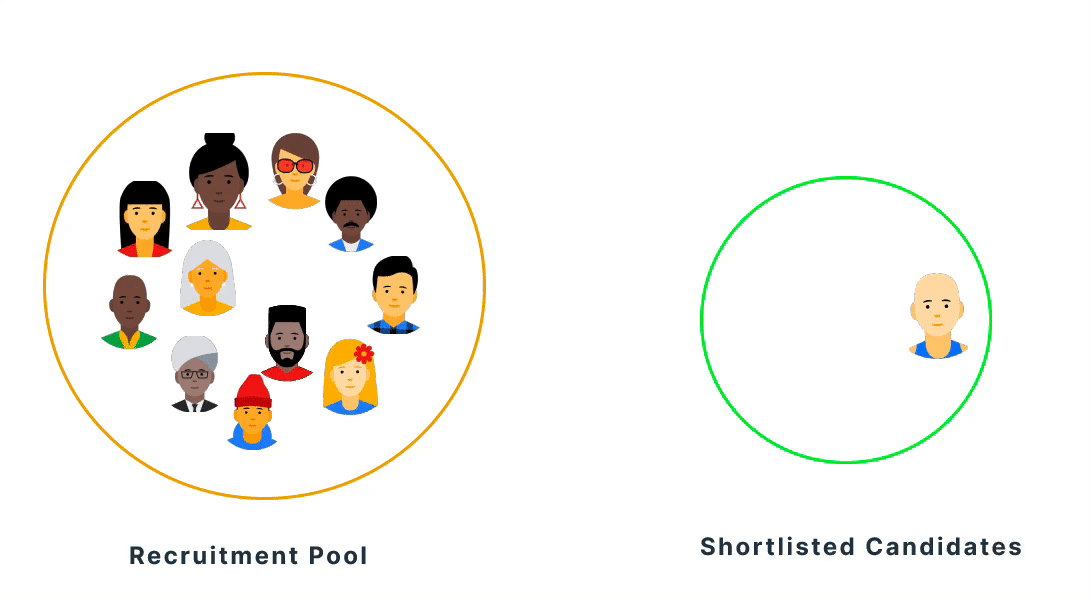Scroll to follow how text data in the form of a prompt for Alexa travels through the Language Modelling pipeline before Alexa can process and generate a response to it.
Click on the orange buttons if you want to learn further technical details about examples given.
Try meBig Data
Language Models are first pre-trained on Big Data like Google News or Wikipedia. For example, GPT-3 was trained on 570GB of data. Language Models learn 'meaning' in this data and inherit any flaws, inconsistencies and biases captured in it.
Sample BiasWord Embeddings
During pre-training, the model transforms all words and sentences in the data into vectors called Word Embeddings. Word Embeddings capture the meaning of each word in the data as it is used in different contexts. As a result, words that appear closer together in space are semantically similar to each other. For example ‘bank’, ‘banker’, ‘banking’ will be closer together in a word embedding vector space.
Making Predictions
After Language Models are fine-tuned, they are tested and evaluated for their performance on different natural language processing (NLP) tasks like Question Answering and Text Generation, then are utilised to power AI systems like Alexa.
Click on the pink buttons to learn more about the biases that can be learned, propagated and amplified in this language modelling pipeline.
Try meLanguage Models
Virtual Assistants like Alexa or Siri are AI systems that can perform tasks for a user, based on voice commands or questions. They are powered by Language Models that use text data and Neural Networks to learn underlying patterns of meaning in our languages. Language Models also enable computers to program a website and turn captions into images. Examples of Language Models are Open AI's GPT-3 or Google's BERT.
Pre-Training
Pre-training exposes the Language Model to lots of text data, and it learns to predict the next word or phrase given a few words in a prompt just like ‘Alexa, tell me a story.’
Historical BiasFine Tuning
Language Models are then fine-tuned on a smaller task-specific dataset to make sure they can carry out a given task accurately like Text Generation. This allows Alexa to tell you a story about Harry Potter.
Bias Network Effect
Biases in data and in algorithms like Language Models, as well as the predictions that they make are interrelated. Human data perpetuates human biases, and as Language Models learn from human data, the result is a 'bias network effect'. Language Models therefore unintentionally learn, propagate and even amplify biases that are inherent to our society found in the data used to train them.
Algorithmic Bias
Using Language Models in AI systems that learn from biased networks creates systems can perpetuate harmful stereotypes based on race, gender or religion. These systems in turn can reinforce or amplify injustices and inequities that are already prevalent in society.
Mitigating Bias
Now that we know how biases arise in the Language Modelling pipeline, how can we tackle them?
Discover
